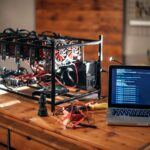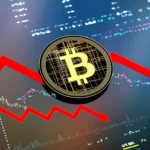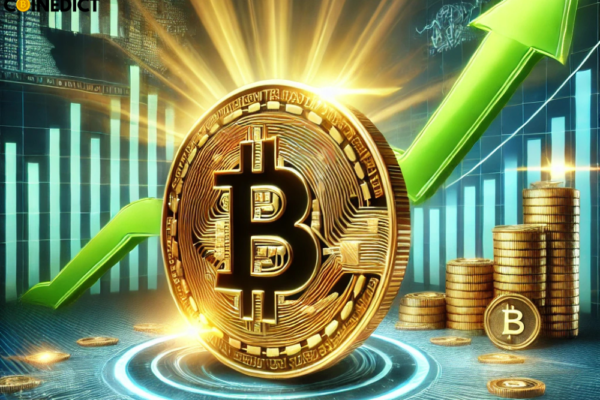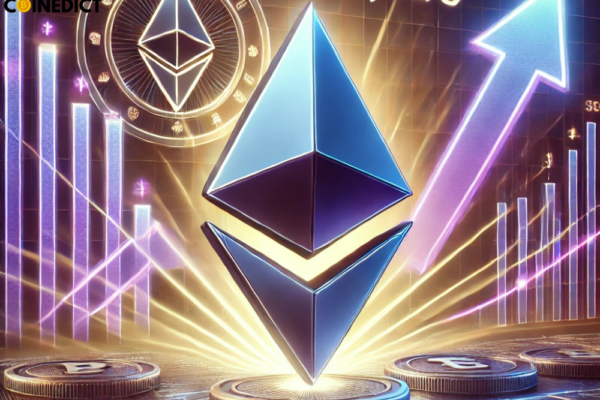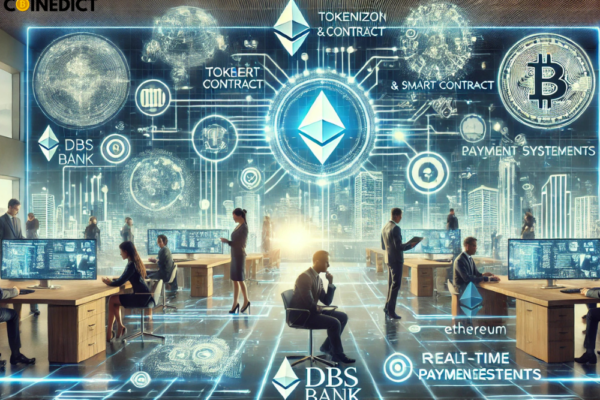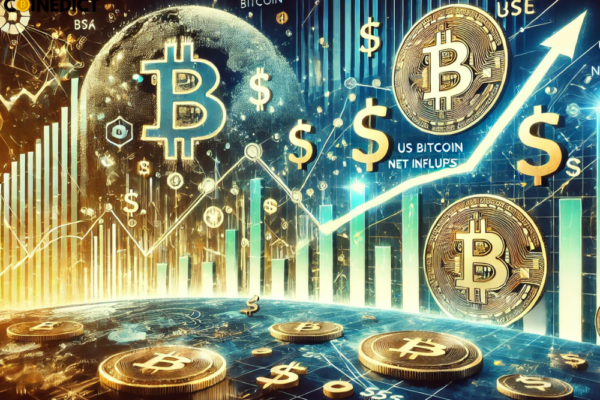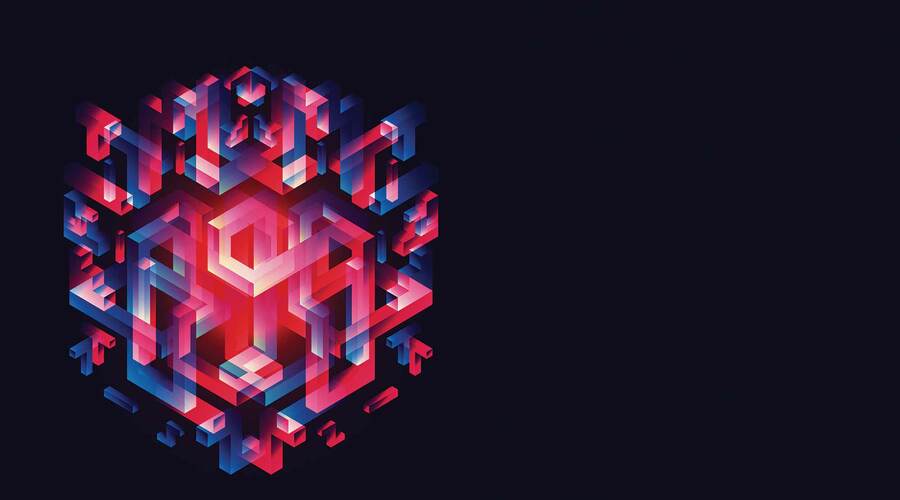
Top Cryptocurrencies Poised for Future Growth
As the crypto landscape continues to evolve, certain digital assets are emerging as strong contenders for future growth. While market volatility is ever-present, the underlying fundamentals and innovations driving these coins suggest significant potential in the coming years. Here’s a closer look at five of the hottest cryptocurrencies set to shape the next phase of the crypto world: Ethereum (ETH), Binance Coin (BNB), Avalanche (AVAX), BlockDAG, and Monero (XMR). 1. Ethereum (ETH): The Smart Contract Powerhouse Ethereum has long been a leader in the crypto space, known for its pioneering role in enabling smart contracts and decentralized applications (dApps). The transition to Ethereum 2.0, with its proof-of-stake (PoS) mechanism, has further solidified ETH’s position as a top choice among investors and developers. Key Growth Drivers: Ethereum’s established infrastructure, wide adoption, and ongoing upgrades position it as a key player with strong growth potential in both the short and long term. 2. Binance Coin (BNB): The Exchange Utility Giant Binance Coin (BNB), the native token of the Binance ecosystem, is one of the most utilized cryptocurrencies in the market. Initially launched to offer discounts on trading fees, BNB’s utility has expanded significantly, making it a versatile asset for various applications. Key Growth Drivers: With its deep integration into the Binance ecosystem, BNB is positioned for growth as the exchange and its related platforms continue to expand globally. 3. Avalanche (AVAX): The High-Throughput Blockchain Avalanche has gained significant attention as a high-speed blockchain designed for decentralized finance, dApps, and enterprise use. It stands out for its subnet architecture, which allows developers to create tailor-made blockchains that can interoperate with each other. Key Growth Drivers: Avalanche’s focus on scalability, speed, and interoperability positions it as a formidable competitor in the blockchain space, driving its potential for long-term growth. 4. BlockDAG: The Next-Gen Consensus Protocol BlockDAG is not just another blockchain—it’s a directed acyclic graph (DAG)-based protocol that aims to solve the scalability issues of traditional blockchains. By using a different structure than the typical linear blockchain, BlockDAG allows multiple transactions to be processed simultaneously, offering faster speeds and higher throughput. Key Growth Drivers: As scalability remains a critical challenge for many blockchains, BlockDAG’s innovative consensus model could make it a pivotal player in the crypto world’s future. 5. Monero (XMR): The Privacy Pioneer Monero is widely regarded as one of the leading privacy-focused cryptocurrencies, offering users complete anonymity in their transactions. Unlike many other digital assets, Monero uses advanced cryptographic techniques to ensure that transaction details are private and untraceable. Key Growth Drivers: Monero’s focus on privacy sets it apart in a world where digital surveillance is growing, making it a compelling option for users seeking financial confidentiality. Conclusion: Promising Coins for Future Growth While the crypto market remains highly dynamic and subject to rapid changes, these five cryptocurrencies—Ethereum, Binance Coin, Avalanche, BlockDAG, and Monero—stand out for their innovative approaches, strong fundamentals, and real-world use cases. Each of these digital assets offers unique features that address specific needs within the broader blockchain ecosystem, making them promising candidates for long-term growth.




